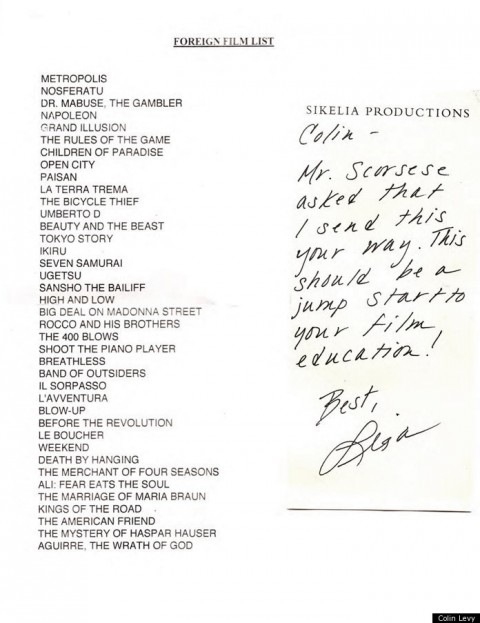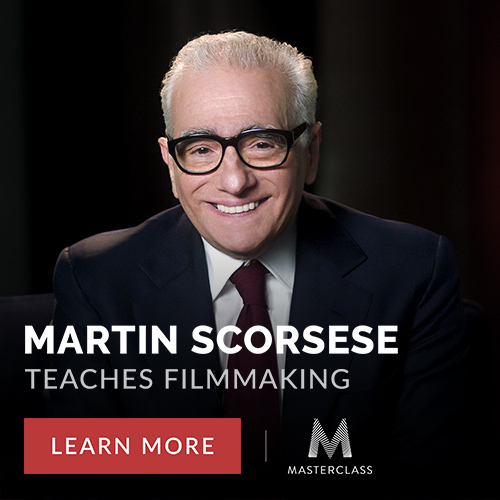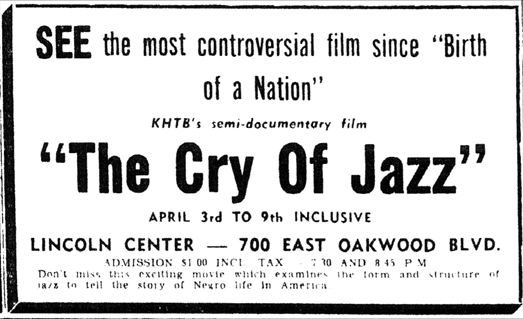From Albert Kinsey, to Sigmund Freud, to Magnus Hirschfeld, prominent social scientists have offered dissenting opinions to prevailing mainstream ideas about homosexuality as a consequence of parental or societal influences. This doesn’t mean those researchers have agreed with each other, or with current ideas, but their conclusions were controversial and startling to a consensus often complicit in the criminalization and political repression of gays and lesbians. If you haven’t heard the last name on that list above, there’s probably a good reason: Hirschfeld—a gay, Jewish physician, sexologist, and advocate in Weimar Germany—had much of his work burned by the Nazis in their 1933 rise to power.
One of Hirschfeld’s works destroyed in Nazi fires was a film he co-wrote and co-starred in called Different From the Others, the first gay rights movie in history. Released in 1919, and banned in 1920, the film explored a doomed relationship between a violinist, played by silent star Conrad Veidt, and his student. Extensive flashback scenes show both characters’ early sexual experiences, their failed attempts to change their sexual orientation (including treatment with bogus “ex-gay” therapies), and their eventual self-acceptance. In their present day, the couple is openly affectionate, until the violinist is blackmailed and dragged into court by an extortionist, then abandoned by his friends and family. He commits suicide, and his lover vows to fight the law that criminalized homosexuality in Germany, known as Paragraph 175.
Different From the Others would be lost to history were it not for Hirschfeld’s preservation of 40 minutes of footage in a separate documentary. You can view the surviving film above, with English title cards. The film was part of a didactic series on themes of sexuality that Hirschfeld made with director Richard Oswald. In each one, Hirschfeld appears as a doctor who intervenes on behalf of persecuted individuals. In Different from the Others, he does so with the violinist’s parents, telling them, “You must not condemn your son because he is a homosexual, he is not to blame for his orientation. It is not wrong, nor should it be a crime. Indeed, it is not even an illness, merely a variation, and one that is common to all of nature.”
In many other such scenes, most of them now lost, Hirschfeld explicitly states his argument that, as The New York Times writes, “homophobia, not homosexuality, was a scourge of society.” The then-radical point of view found little contemporary support—screenings were restricted solely to medical practitioners and lawyers until the film’s destruction—but it makes this artifact of tremendous interest to film historians and activists today. In addition to Hirschfeld’s pioneering activism, the film is notable for starring Viedt, who went on to fame for his role in The Cabinet of Dr. Caligari.
Despite its many lacunae and entire missing scenes, and characters, Different From the Others is currently being restored and turned into an expanded, “watchable feature,” using the surviving remnants, along with found photos and film stills, by the Outfest-UCLA Legacy Project (see their fully-funded Kickstarter here). Many scenes—such as a lengthy theoretical lecture by Hirschfeld—will be reconstructed from a synopsis, “a few reviews, and little else.” “You’re not seeing the original,” admits UCLA Film & Television Archive director Jan-Christopher Horek of the coming reconstruction, “because we don’t know what the original looks like.” Nevertheless, in whatever form, Different From the Others represents a perspective at least “50 years ahead of its time,” says Horak, with an “enlightened theory that you wouldn’t see in this country probably until the ‘70s or ‘80s.”
Different from the Others will be added to our list of Great Silent Films, part of our larger collection, 4,000+ Free Movies Online: Great Classics, Indies, Noir, Westerns, Documentaries & More.
Related Content:
Rudolf Brazda, Last Man to Wear the Pink Triangle During the Holocaust, Tells His Story
Sigmund Freud Writes to Concerned Mother: “Homosexuality is Nothing to Be Ashamed Of” (1935)
The Cabinet of Dr. Caligari: See the Restored Version of the 1920 Horror Classic with Its Original Color Tinting
Josh Jones is a writer and musician based in Durham, NC. Follow him at @jdmagness




